How to Prepare for Hurricane Season
We’ve seen firsthand the devastation hurricanes can wreak on homes and communities.While we can’t control the weather, we can empower you to be prepared.
This hurricane season, take charge with our comprehensive guide. We’ll walk you through everything you need to do before, during, and after a storm, minimizing damage and ensuring a smooth recovery process.
Prepare An Emergency Kit:
Before we dive into specific actions, understanding your vulnerability is crucial. Storm surges, high winds, and flooding threat levels vary by area and weather intensity. This why knowing your evacuation zone is vital. Check with your local government or emergency management office for the latest evacuation plans and resources: www.ready.gov.
- Non-perishable food (enough for everyone in your household): Opt for canned goods, energy bars, and protein bars. Think easy-to-prepare options.
- Water (one gallon per person per day):Don’t underestimate your water needs. Include a water purification kit or tablets for emergencies
- First-aid kit: Ensure it’s well-stocked with bandages, antiseptic wipes, pain relievers, and any prescription medications your family requires.
- Flashlights and extra batteries: Multiple light sources are crucial during power outages. Consider headlamps for hands-free use.
- Battery-powered radio: Stay updated on weather alerts and evacuation orders
- Cash: ATMs may not function after the storm.
- Cell phone charger (portable charger is ideal): Stay connected with loved ones and access information easily.
- Can opener: Necessary in order to open canned goods.
- Important documents: Keep copies of insurance policies, IDs, and other vital documents in a waterproof container.
- Hygiene items: Toothbrush, toothpaste, wipes, feminine hygiene products, etc.
- Supplies for pets: Food, water, leash, medication, and a pet carrier.
- Comfort items: Books, games, a deck of cards – anything to keep spirits high during stressful times.
Prepare Your Vehicle
Fill your car’s gas tank before the storm hits. Gas stations may be closed or experiencing long lines after the hurricane. Keep your vehicle inside a garage if possible, if not, then cover it with a tarp to help mitigate damage from debris. Park away from trees and light poles to help prevent massive external damage.
Make Your Home Hurricane-Proof:
- Window protection: Joes Pros we highly recommend boarding up windows with plywood or pre-cut storm shutters. This significantly reduces wind damage and protects your home from flying debris.
- Trim the trees: Overhanging branches pose a serious threat during high winds. Carefully trim back branches, especially those close to power lines and your roof.
- Secure loose objects: Bring in or tie down outdoor furniture, grills, trash cans, and anything else that could become a projectile in strong winds.
- Flood protection: Clean gutters and drains to prevent water from pooling around your foundation. Consider sandbags to protect doorways from rising water, especially if you live in a flood-prone area.
Prepare for a Smooth Recovery:
- Develop a family emergency plan: Discuss evacuation routes, designated meeting spots in case you get separated, and choose an out-of-town contact person everyone can reach. Practice your plan with a family drill.
- Insurance check-up: Review your homeowner’s insurance policy to ensure you have adequate coverage for wind and flood damage. Don’t wait until the storm hits to discover you’re underinsured.
- Stay informed: Sign up for local emergency alerts and track weather forecasts closely. The National Oceanic and Atmospheric Administration (NOAA) is a great resource for hurricane preparedness information.
During the Storm:
- Stay Indoors: If you’re instructed to evacuate, leave immediately. Follow designated evacuation routes and avoid flooded areas. If you’re sheltering in place, stay on the lowest floor, away from windows and exterior doors. Interior rooms with no windows are ideal. If you have a basement, that can be a good option too, but be aware of the risk of flooding.
- Stay updated: Tune into your battery-powered radio or a NOAA weather radio for the latest updates and instructions from local officials. Don’t rely on cell phone service, which may be spotty or unavailable. Having a charged portable phone charger can be helpful if you do have a brief window of connectivity.
- Minimize water damage: If you experience flooding, turn off the main electrical breaker to prevent electrical shock. Move important belongings to higher ground if possible. If you have time, place sandbags around doorways to prevent floodwater from entering, but prioritize your safety over protecting property.
After the Storm:
- Safety first: Once the storm has passed, proceed with caution. Debris, downed power lines, and damaged structures pose serious hazards. Wait for official all-clear before venturing outside. Watch out for weakened trees and branches that could fall, and never drive through flooded roadways.
- Damage assessment: Once it’s safe to do so, inspect your home for damage. Take photos and document any damage for insurance purposes. Be thorough, checking your roof, attic, crawl space (if you have one), foundation, and walls for leaks, cracks, or other signs of trouble.
- Contact your insurance company: File a claim with your homeowner’s insurance company as soon as possible.The sooner you start the claims process, the sooner you can begin repairs and get your life back on track. Be sure to keep all your receipts for any temporary repairs or living expenses you incur.
- Beware of scams: Unfortunately, scammers often target disaster zones. Be wary of unsolicited offers for repairs or cleanup. Only hire licensed and insured contractors. Don’t feel pressured to make a decision right away. Take your time, get quotes from multiple contractors, and check their references before signing any contracts.
When Disaster Strikes, We’re Here to Help:
Our team of experienced professionals can handle everything from roof repairs and water damage restoration to complete home renovations. We’ll work closely with your insurance company to ensure a smooth claims process, and we’ll guide you through every step of the restoration journey.
Don’t wait until disaster strikes to prepare! Take action today to protect your home and family. By following these steps and having a plan in place, you can weather the storm with confidence. Remember, a little preparation can go a long way in minimizing damage and ensuring a faster recovery.



